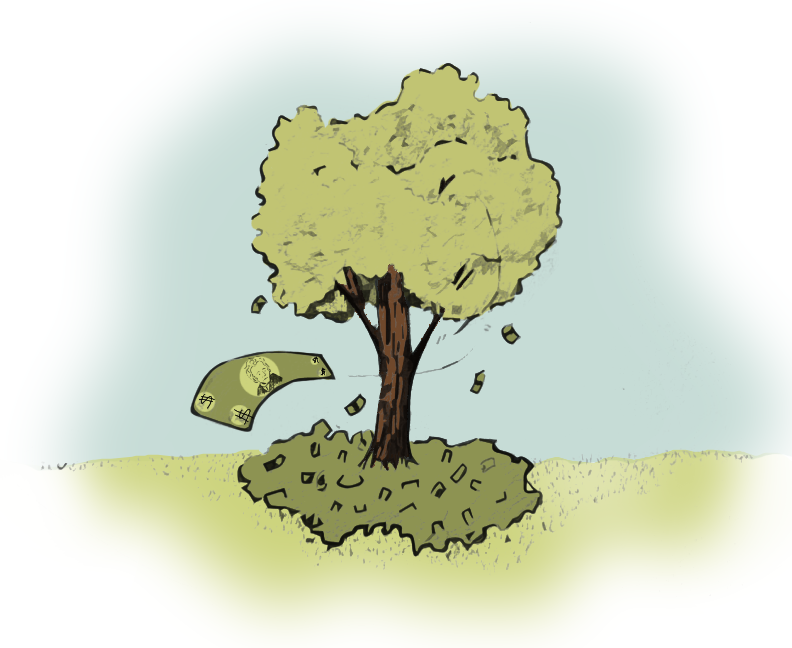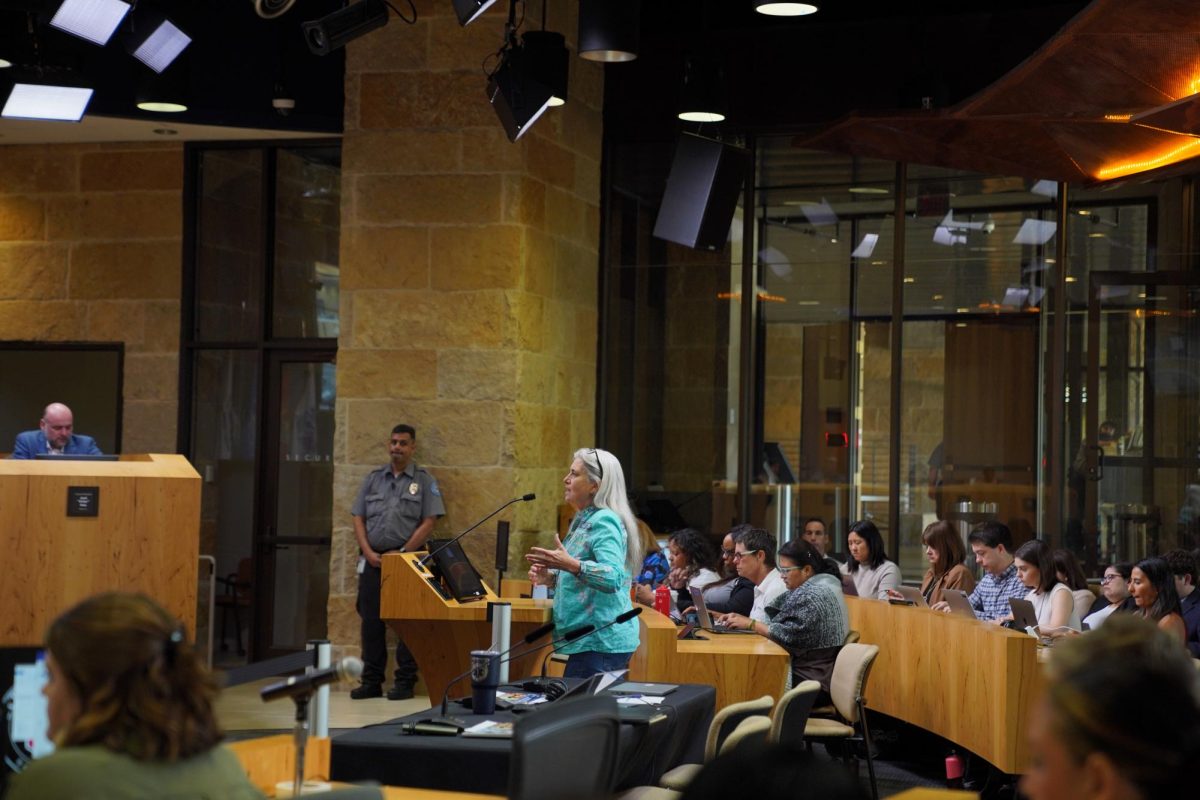Austin’s Planning Department launched a new Equity-Based Preservation Plan on Feb. 6 which aims to capture Austin’s full culture by preserving historical buildings that have previously been overlooked. The new plan is open for public input until May 31. If approved, it will replace the current plan made in 1981.
Cara Bertron said the current plan prioritizes buildings associated with community leaders that are mostly of white men. It emphasizes historical, archeological and architectural value as criteria to classify a building as a historical landmark.
In the past 40 years, Austin’s population tripled and the landscape changed, Bertron said. To match this growth, the new plan expands criteria to areas with cultural themes and stories to preserve more buildings from underserved communities. According to the plan, 16% of all historically designated locations in Austin have known connections to communities of color.
“People love stories and places contain stories in some really wonderful ways and connect us from the past up to the present,” Bertron said. “That kind of recognition in storytelling and interpretation is something that the city’s historic preservation office just hasn’t had the resources to do in the past.”
The proposed changes will not directly impact the University as it is a state institution, said Ben Heimsath, the chair of the Historic Landmark Commission.
“We don’t change just because we step over Guadalupe,” Heimsath said. “It’s all one city, it’s all perceived as one culture. We all overlap. … I do think in the raised awareness that there will be an impact and we will take that into account in Austin, but I’m hoping there will be a ripple effect.”
The city’s Historic Landmark Commission collaborated with diverse stakeholders to draft a new preservation plan that changes how Austin can deem property as a historic landmark or district. The new recognition will share underrepresented stories to tell Austin’s complete history, Program Manager Cara Bertron said.
“How do we create an ecosystem where people are equipped to share and to listen to each other and to recognize how those stories knit together with the built landscape?” Bertron said.
The draft’s website includes an opportunity to comment on almost every proposal. Bertron said this matches the new plan’s goal to reach the voices of underrepresented communities. Although the current plan states the preservation plan should be updated every couple of years, Austin is not alone in this sudden revision, said Historical Commission Commissioner Kevin Koch. Other cities recently updated their plans, such as San Antonio, which approved six new policy guides in 2022.
Researcher Marta Stefaniuk, who has worked on a digital exhibit of the historical Watson Chateau, attended the community kick-off for the input portion of the plan. She said the meeting, like the plan itself, was “thoughtful, thorough, and inclusive.”
“If members of the various Austin communities take the time to take the survey, attend events around the plan, and participate in all the steps, Austin’s Equity-based Preservation Plan will be a shining example that other cities in America will imitate,” Stefaniuk said.
Heimsath said he hopes the proposed program will bring change to the state of Texas and preserve a more diverse history.
“We’re the stewards of these legacies that have been given to us,” Heimsath said. “What we decide is important is what’s going to get passed on. If we decide it’s not important, it’s not gonna get passed on. If we let it go, it’s going to be gone.”
















